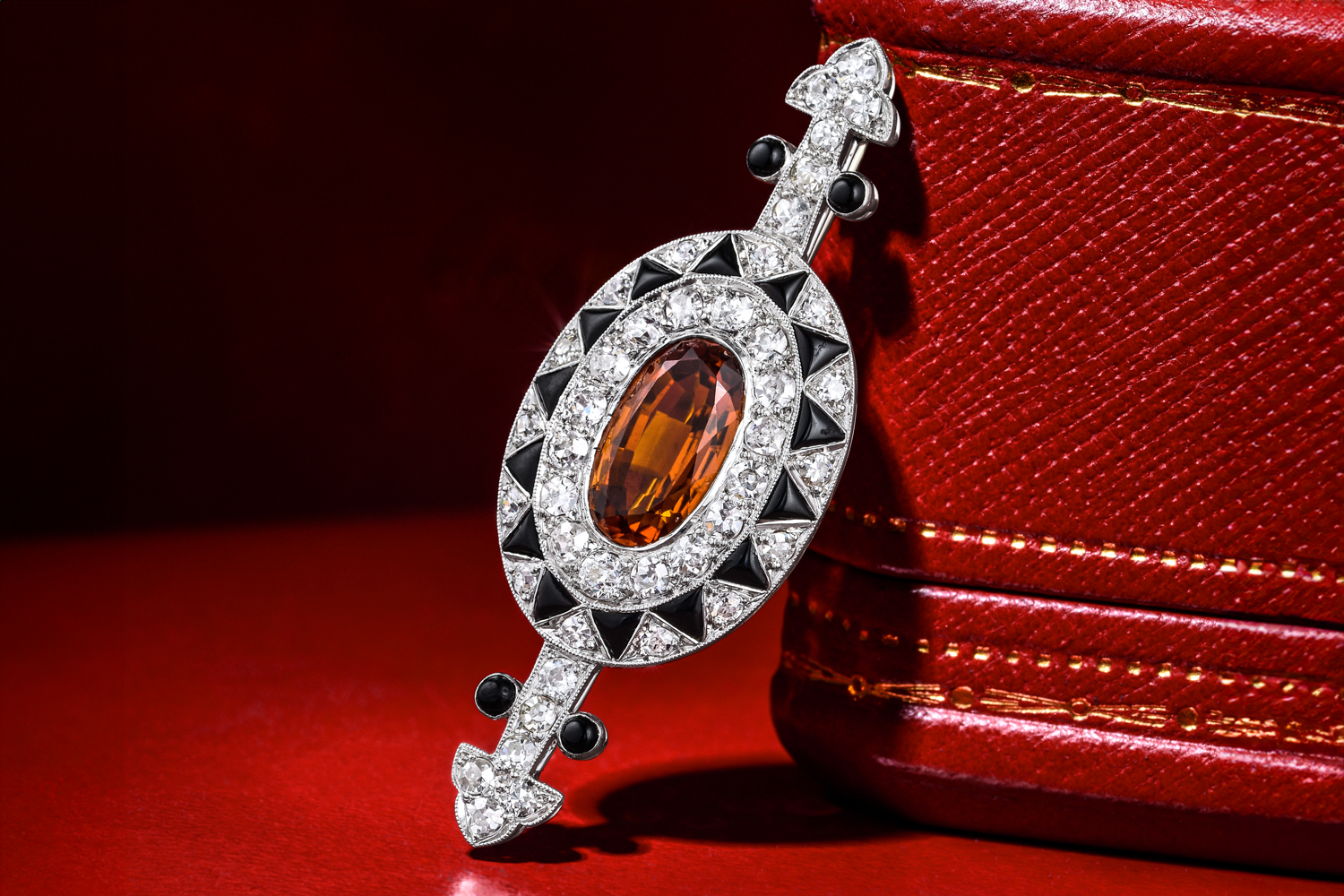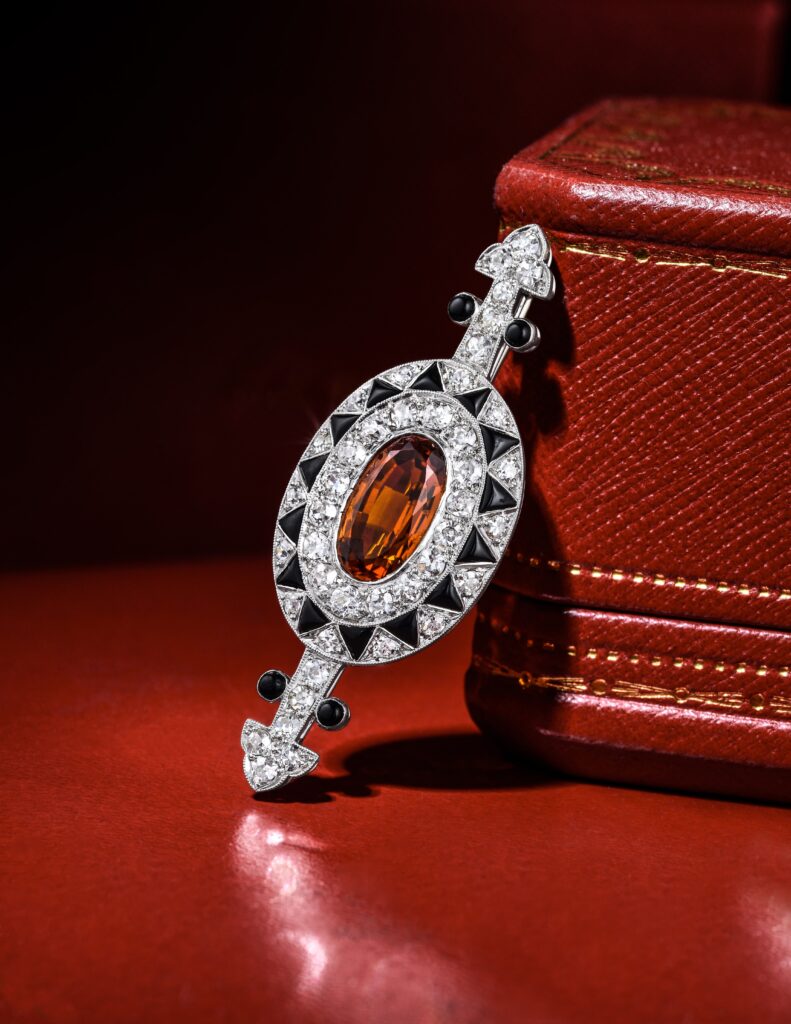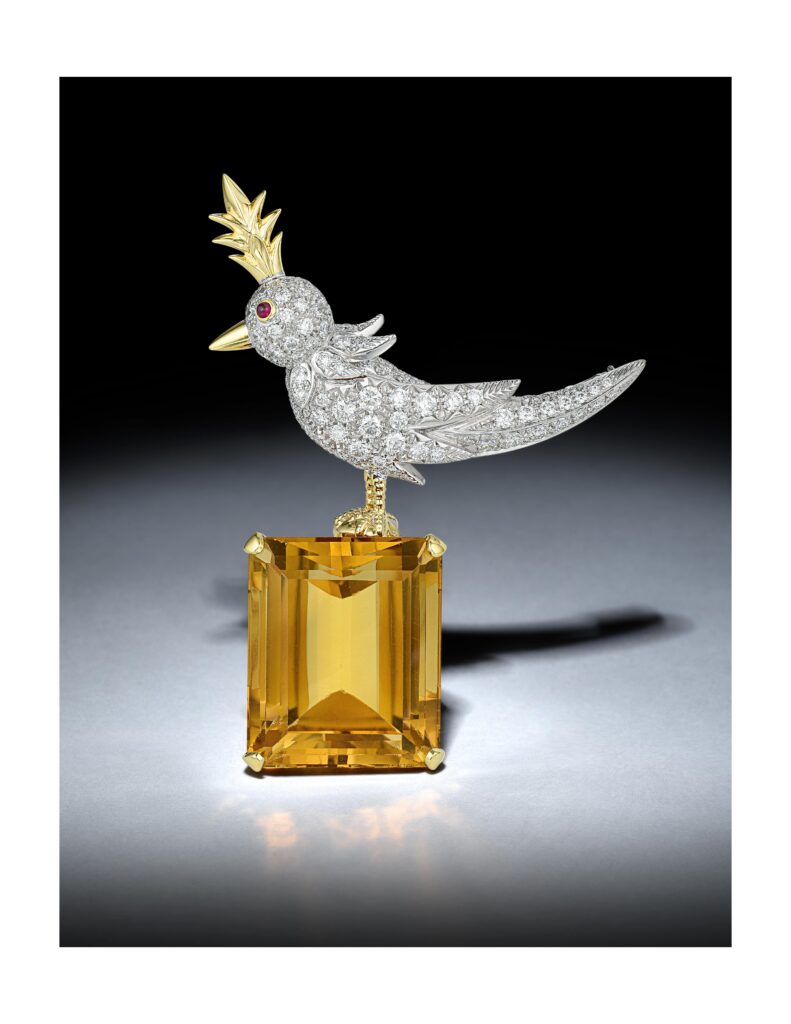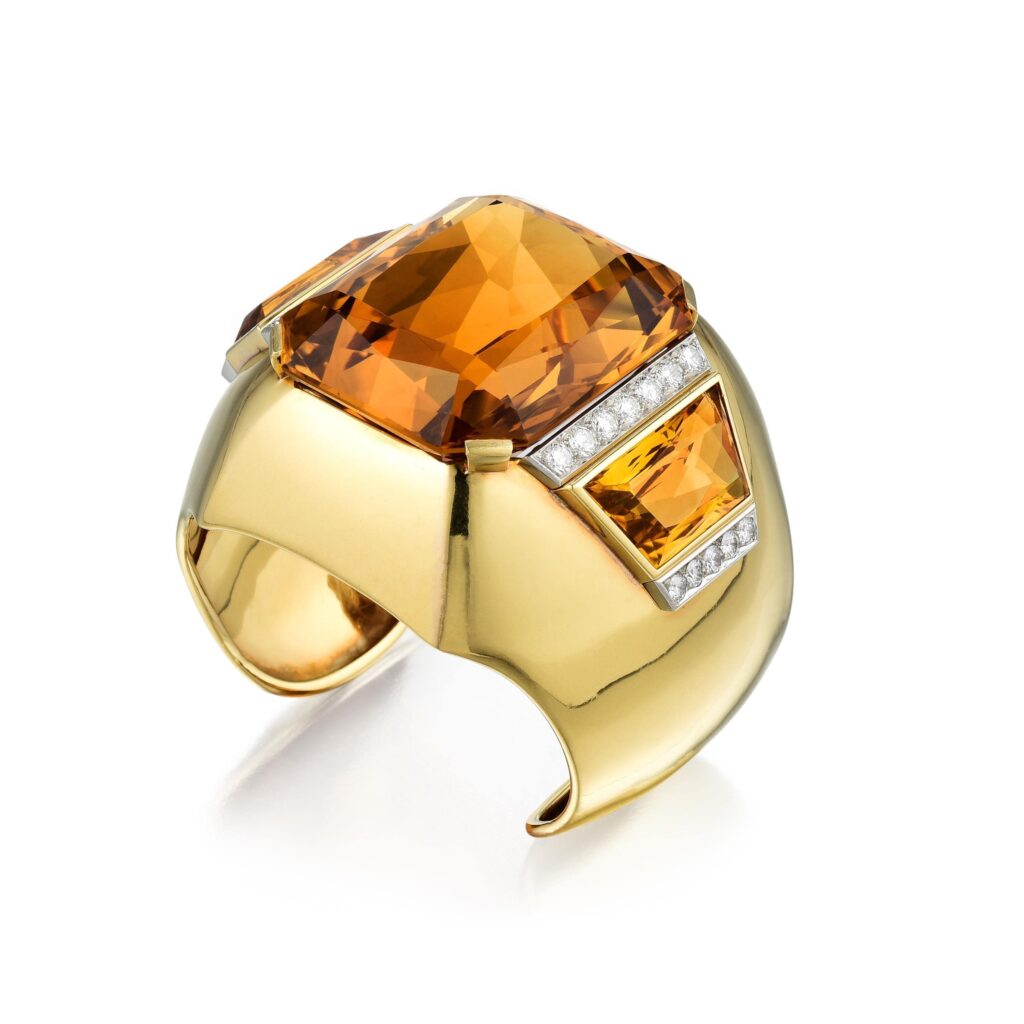
What Is Citrine?
If you own an extensive jewelry collection, there’s a good chance that at least one of your pieces consists of citrine. This semiprecious quartz variant is one of the most popular gemstones. Depending on the version, citrine exhibits an attractive golden brown to pale yellow color that closely resembles topaz. Examples of specific color options include bright and deep orange, golden yellow, lemon and reddish-brown.
Citrine consists of large, visible crystals of quartz, the second most abundant mineral found in the earth’s crust. Although quartz is common, natural citrine is relatively rare. Madagascar and the Ural Mountains of Russia are among the few locations in the world where it’s possible to mine citrine.
Natural citrine may develop in the form of geodes, which are secondary geological formations found in rock cavities. Geodes begin as mud balls in sedimentary rock or bubbles in volcanic rock. Over time, the outer shell of the geode hardens into a spherical shape. Citrine may also occur as veins of quartz beneath the earth’s surface.
What Is the Meaning of Citrine Stone?
The Ancient Greeks started using citrine as a gemstone around 300 B.C. The name derives from the Latin word “citrus” and the French word “citron” due to its yellowish hue. The color also exhibits the warmth, energy and power of the sun, another reason citrine stones are favorites of jewelry buyers around the world. Finding “natural” citrine is rare — in most cases, a heat-treating process transforms quartz into citrine.
Citrine Characteristics
Besides its visually appealing color, citrine contains several properties that make it a top gemstone choice for watches, rings, necklaces and other jewelry pieces:
- Clarity: Like most quartz materials, citrine offers a clear visual presentation. Because of its remarkable transparency, ensuring the color’s evenness throughout the stone is a primary consideration when purchasing a citrine stone. Small blemishes or cracks are also more likely to show.
- Hardness: As a quartz derivative, citrine is harder than most minerals. It measures 7.0 on the Mohs hardness scale, trailing only topaz, corundum (sapphires and rubies) and diamond. However, as a gemstone, citrine is relatively soft. It’s possible to cut and shape citrine into various configurations. Although citrine jewelry pieces scratch easily, they’re tough enough to resist breaking or chipping.
- Health benefits: Many people feel that wearing citrine jewelry contributes to better physical and mental health. The yellowish color projects warmth and stimulates the brain, promoting creativity, motivation and self-expression. It also wards off negative feelings like anxiety and depression.
What Is the Worth of Citrine?
The worth of a citrine piece largely depends on its color. In general, the darker deep red-orange color offers the highest value at around $30 per carat. The value typically diminishes as the shade lightens. Pale yellow products may only be worth about $10 per carat. Unlike diamonds and other gemstones, size has little impact on the price of citrine jewelry.
Caring for Citrine Jewelry
Regular care helps preserve the beauty of a citrine ring, watch, bracelet, necklace or earrings. Due to the stone’s susceptibility to scratches, you should store citrine pieces in fabric-lined compartments of a jewelry box, away from other items. Use warm, soapy water and a soft-bristled brush to clean your citrine products.
Trust FORTUNA When Selling Your Citrine Jewelry
Do you have any citrine jewelry pieces you’d like to sell? FORTUNA’s process ensures you’ll get excellent value for your products and you’ll avoid the unscrupulous practices of many local jewelers, jewelry dealers or pawn shops.
Contact us to learn more about what citrine is good for and how our auctions can help you get top dollar for your pieces. If you’re looking to buy, browse our upcoming auctions to see what’s available.



